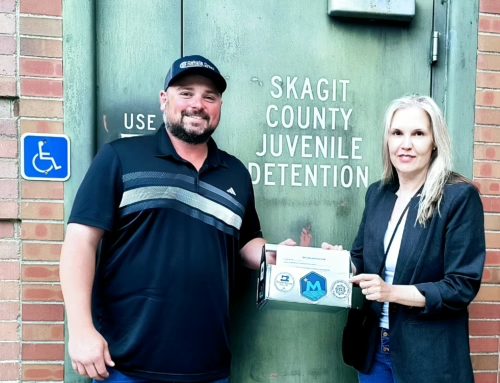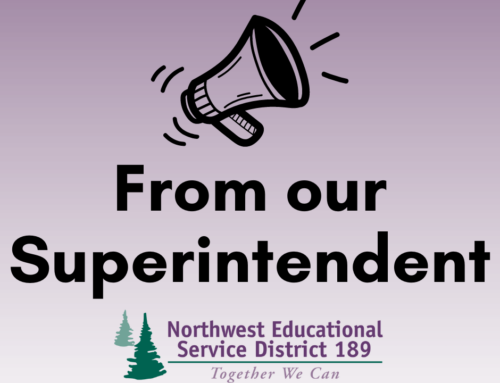By Polly Myers
NWESD Online Learning Coordinator
Comparisons between generative AI and the handheld calculator, first introduced into classrooms in the 1970s, has been a popular analogy over the past year. Scientific American, for example, recently proclaimed that AI will “transform the classroom” just as the calculator did in the 1970s:
“In classrooms, technology, curriculum, instruction, and assessment evolve together to reshape education. We see this historically with calculators and are now witnessing it unfold in real time with the emergence of AI tools.”
It is easy to make comparisons between the calculator and AI – both involve plugging information into a computational device and having it nearly instantly compute a result. As Historian Stephen Jackson points out, however, this analogy ignores how generative AI works. Chatbots like ChatGPT rely on internet data and take writing and ideas from sources without crediting the original creators to develop a response based on predicted linguistic patterns. When AI does not know or understand the question, it will often make up an answer. The ability for generative AI to “hallucinate,” or report false information, is what makes the calculator analogy ineffective. As Jackson argues, rather than the calculator analogy, “It might be more helpful to imagine handheld calculators that routinely produced false results like 2+2=5.” As many have observed, despite the “intelligence” in the name Artificial Intelligence, tools like ChatGPT are not able to think or assess the answers they produce for truth, reliability, or ethics.
Recognizing both the opportunities and the shortcomings of AI is an essential part of teaching students how to navigate the digital world. OSPI usefully defines AI literacy as the “…knowledge, skills, and attitudes associated with how artificial intelligence works, including its principles, concepts, and applications, as well as how to use artificial intelligence, such as its limitations, implications, and ethical considerations.” AI literacy is the key to helping students use AI in ways that enhance learning rather than detract from it. As education writer John Warner observes, embracing AI in responsible ways means knowing when to use AI and when not to use AI. Warner advocates being selective and careful about using AI with writing so that students are not robbed of opportunities to experience the process of writing. The goal of teaching students to write, he argues, should not be “training students to behave like algorithms engaging in pattern matching,” but instead “making them think like humans…”
Washington State Superintendent Chris Reykdal has similarly emphasized the need to make sure that humans are at the center of how AI is used in classrooms in Washington state: “Our commitment is not just to integrate AI into the classroom; it’s to do so with a vision that places our educators and students at the center of this digital revolution with a priority for human inquiry that uses AI for production, but never as the final thought, product, or paper.” Teaching AI literacy skills is at the foundation of building that human-centered focus on AI in education. The Northwest Educational Service District 189is working in conjunction with education and technology leaders across the state to consider the impacts, opportunities, benefits, and drawbacks of AI. Over the coming year, we will be building a library of professional development opportunities on AI in education. with particular focus on teaching AI literacy and digital citizenship skills. For the latest opportunities on AI, including asynchronous online courses in AI Literacy in Education , How Chatbots Work, and a Book Study on Mike Caulfield and Sam Wineburg’s book Verified: How to Think Straight, Get Duped Less, and Make Better Decisions about What to Believe Online (University of Chicago Press, 2023), and more offerings will be added this summer and fall.
Polly Myers is the online learning coordinator at the NWESD. She has a PhD in U.S. history and a 5-12 teaching certificate in social studies and ELA and has over 20 years teaching experience. At the NWESD, she is currently working with Instructional Technology Specialist Vanessa Allen and Technology Services Director Les Valsquier to build professional learning opportunities on AI.




